Get the latest international news and world events from around the world.

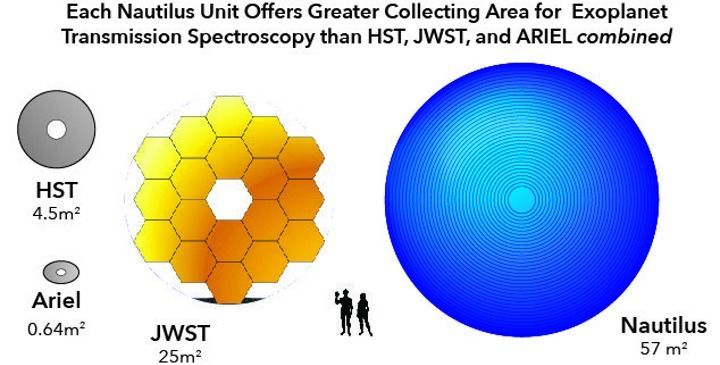
Multi-order diffractive optical elements could lead to extremely light space telescopes
University of Arizona Project Nautilus aims to create a space telescope that can survey transiting exo-earths for biosignatures 1000 light years away.
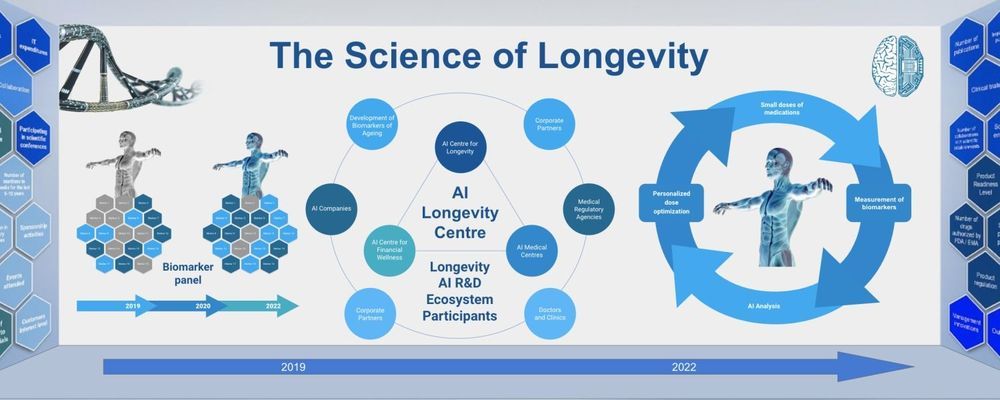


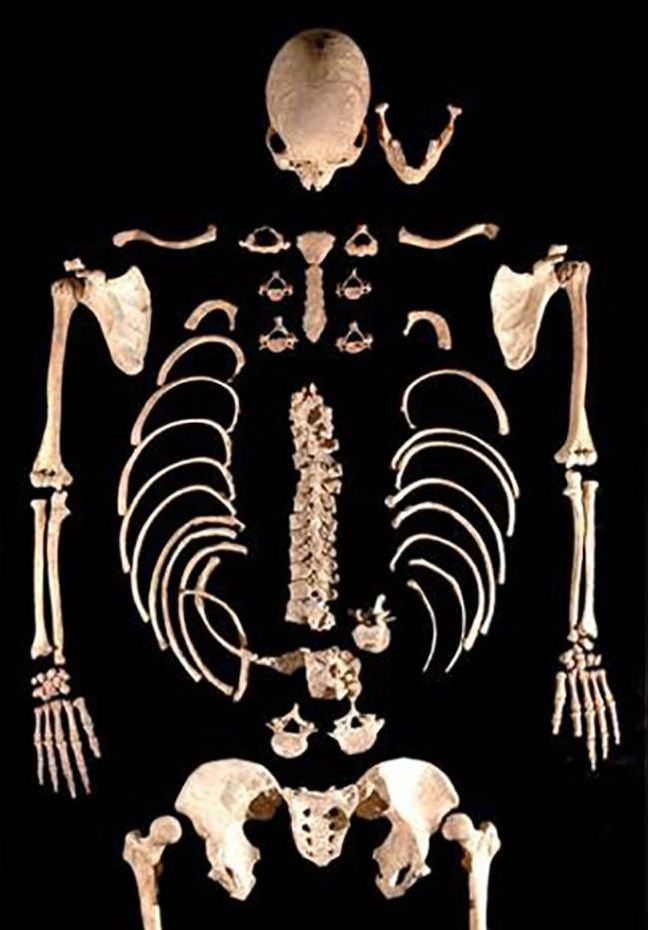

Population Prospects 2019 and Life Extension
A common concern about life extension is overpopulation, the idea that there are too many people in the world. Are we really headed for a global overpopulation meltdown, as some people believe? The United Nations’ World Population Prospects 2019 report suggests that while the global population will continue to rise for the next few decades, ultimately, that rise will plateau.
First things first: it’s population growth, not overpopulation
Whenever the topic of defeating age-related diseases comes up, there is inevitably someone who will cite overpopulation as an objection to healthy life extension and a reason why we should continue to let people become sick and die of diseases that science may be able to cure in the coming decades.
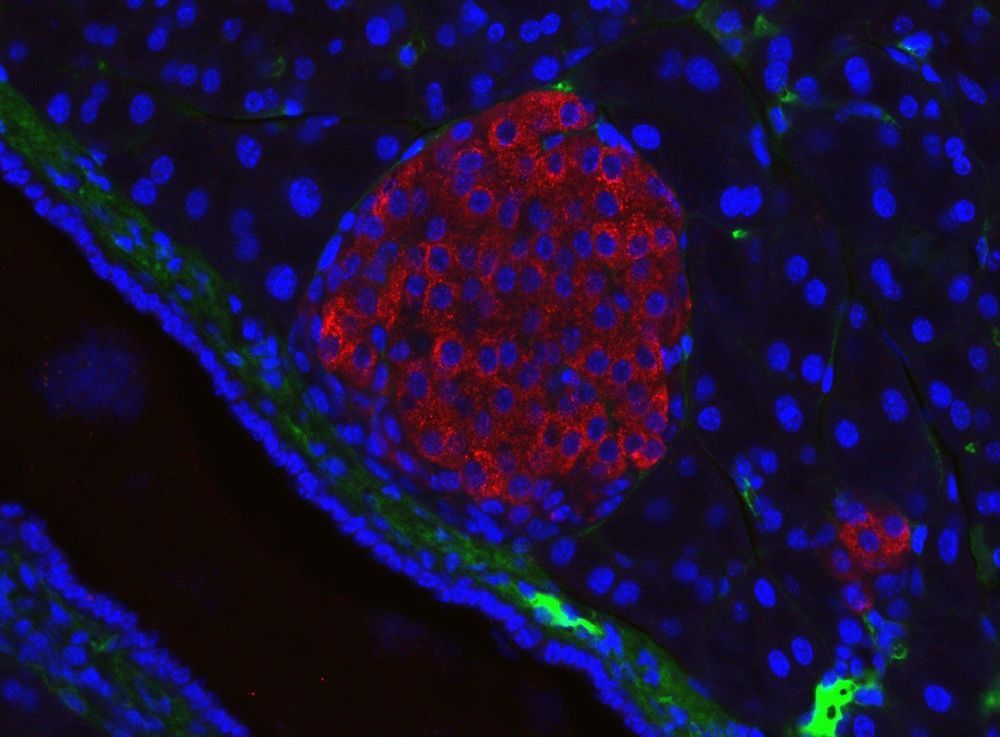
Deciphering pancreatic cancer’s invade and evade tactics
Two known gene mutations induce pathways that enhance pancreatic cancer’s ability to invade tissues and evade the immune system. Researchers report the molecular details of this process, providing insights into druggable targets for immunotherapies.
Mutations in the genes KRAS and TP53 are closely linked to pancreatic ductal adenocarcinoma, by far the most common type of pancreatic cancer. Pancreatic cancers are often already malignant when diagnosed, making its five-year survival rate extremely low—less than ten percent. So, understanding how it evolves at the molecular level could help anti-cancer drug development.
Hisataka Sabe of Hokkaido University and colleagues in Japan conducted tests in human cancer cells and in mouse models of the disease to investigate the roles of KRAS and TP53 gene mutations in pancreatic ductal adenocarcinoma. The study was published in the journal Proceedings of the National Academy of Sciences (PNAS).
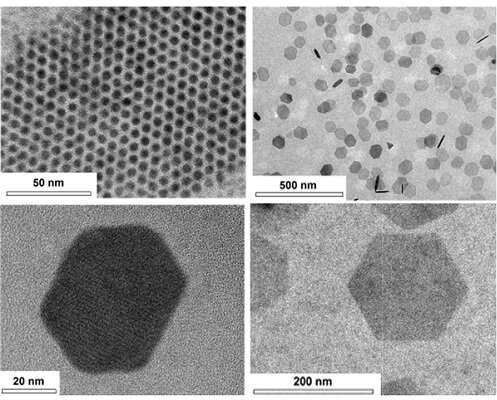
Synthesizing single-crystalline hexagonal graphene quantum dots
A KAIST team has designed a novel strategy for synthesizing single-crystalline graphene quantum dots, which emit stable blue light. The research team confirmed that a display made of their synthesized graphene quantum dots successfully emitted blue light with stable electric pressure, reportedly resolving the long-standing challenges of blue light emission in manufactured displays. The study, led by Professor O Ok Park in the Department of Chemical and Biological Engineering, was featured online in Nano Letters on July 5.
Graphene has gained increased attention as a next-generation material for its heat and electrical conductivity as well as its transparency. However, single and multi-layered graphene have characteristics of a conductor so that it is difficult to apply into semiconductor. Only when downsized to the nanoscale, semiconductor’s distinct feature of bandgap will be exhibited to emit the light in the graphene. This illuminating featuring of dot is referred to as a graphene quantum dot.
Conventionally, single-crystalline graphene has been fabricated by chemical vapor deposition (CVD) on copper or nickel thin films, or by peeling graphite physically and chemically. However, graphene made via chemical vapor deposition is mainly used for large-surface transparent electrodes. Meanwhile, graphene made by chemical and physical peeling carries uneven size defects.